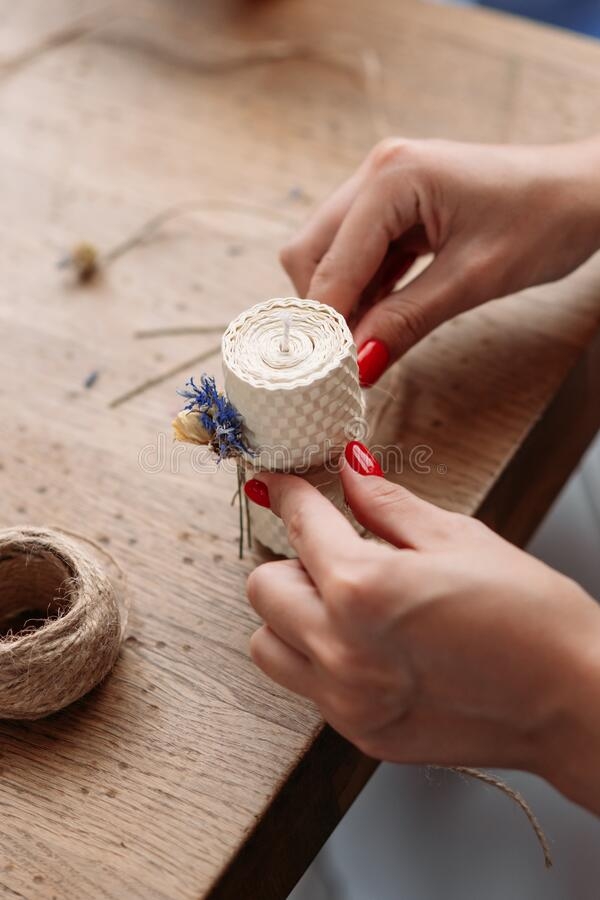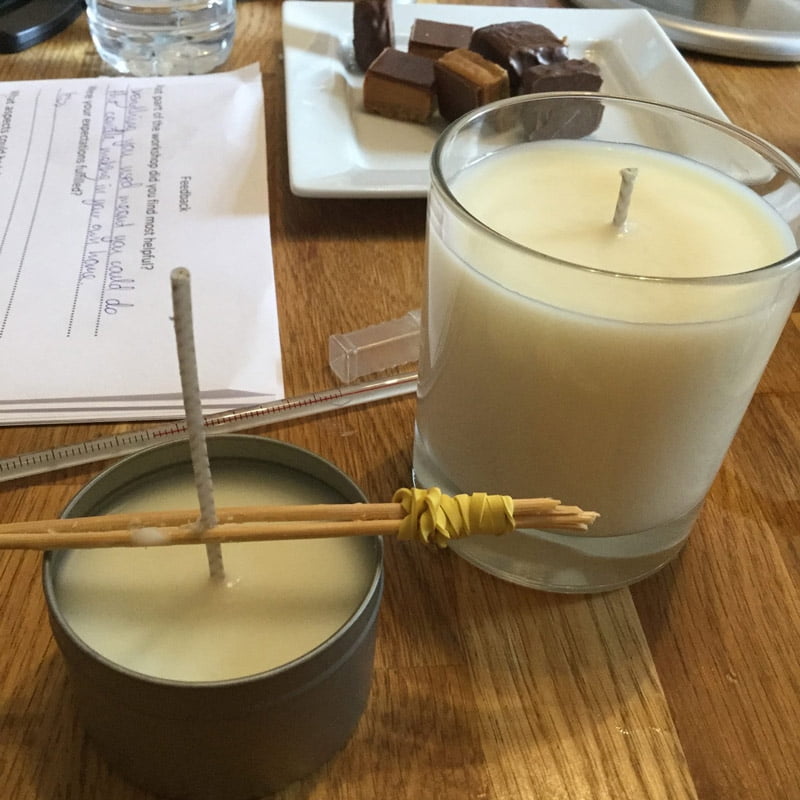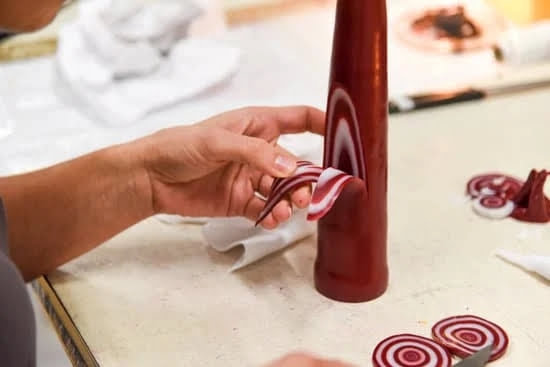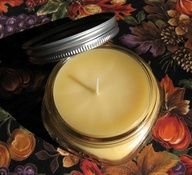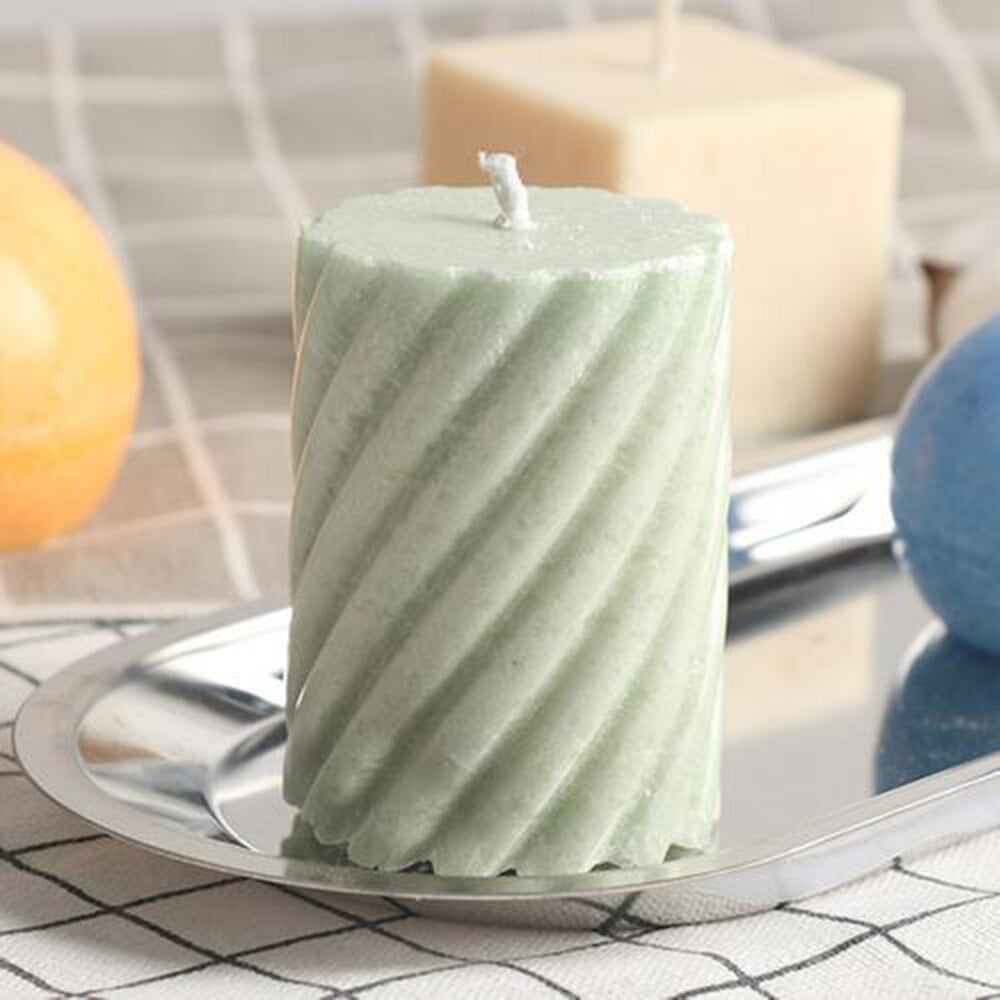Candle making without thermometer allows for a more creative and flexible approach to this traditional craft. While temperature control is crucial in candle making to ensure quality and consistency, some artisans prefer the freedom of crafting candles without relying on a thermometer. This method opens up a world of possibilities for experimentation and customization, making each candle truly unique.
In the conventional process of candle making, precise temperature measurements are essential to achieve the desired results. However, by stepping away from the constraints of thermometers, crafters can explore alternative techniques that offer more room for creativity. This shift towards thermometer-free candle making puts emphasis on intuition, experience, and personal touch, resulting in one-of-a-kind creations that reflect individual style and preferences.
By understanding the basics of traditional candle making and the significance of temperature control, aspiring candle makers can confidently embark on their own thermometer-free candle-making journey. With a focus on innovation and adaptability, this approach allows artisans to experiment with different wax types, scents, colors, pouring methods, and quality testing techniques.
Ultimately, this article will guide readers through the process of creating beautiful candles without the need for a thermometer while offering helpful tips and troubleshooting advice along the way.
Benefits of Making Candles Without Thermometer
When it comes to candle making, using a thermometer to control the temperature of the wax is considered essential for achieving consistent results. However, there are benefits to making candles without a thermometer that can open up a world of creativity and flexibility in the candle-making process. By ditching the thermometer, candle makers can tap into their instincts and intuition to create unique and personalized candles.
Enhanced Creativity
One of the main benefits of making candles without a thermometer is the enhanced creativity it allows for. Without being tied down to specific temperature ranges, candle makers have the freedom to experiment with different pouring techniques, layering methods, and even mixing various wax types to create one-of-a-kind candles. This creative freedom enhances the overall experience of candle making and can lead to truly unique and artistic creations.
Flexibility in Techniques
Another advantage of not relying on a thermometer is the flexibility it provides in candle-making techniques. Candle makers can adjust their methods based on visual cues such as wax texture, color changes, or even simply by feel.
This hands-on approach allows for a more organic and intuitive process that can result in candles with character and charm. Additionally, without the constraints of precise temperature control, candle makers can easily adapt their techniques based on environmental factors such as room temperature or humidity levels.
Types of Wax Suitable for Thermometer-Free Candle Making
When making candles without a thermometer, choosing the right wax is crucial to ensure the success of your project. There are several types of wax that are suitable for this method, each with its own unique properties that can affect the outcome of your candles. Here are some of the best wax options for thermometer-free candle making:
- Soy Wax: Soy wax is a popular choice for candle making due to its clean burning and eco-friendly qualities. It has a lower melting point compared to other waxes, making it easier to work with when temperature control is not precise.
- Beeswax: Beeswax is a natural wax that emits a subtle honey-like scent when burned. It has a high melting point, which makes it ideal for creating sturdy candles without the need for exact temperature measurements.
- Paraffin Wax: Paraffin wax is known for its excellent scent throw and ability to hold color well. While it does require higher melting temperatures, it can still be used effectively in thermometer-free candle making.
Each type of wax offers its own set of advantages and considerations, so it’s important to choose one that aligns with your preferences and skill level when embarking on candle making without a thermometer.
In addition to selecting the appropriate wax for your project, it’s also essential to consider any additives or enhancements you may want to incorporate into your candles. Essential oils and fragrances play a significant role in creating beautifully scented candles, adding an extra layer of customization and personalization to your creations.
By carefully blending different scents and experimenting with combinations, you can achieve unique and delightful aromas in your candles made without a thermometer. Experimenting with various fragrances can truly make your candles stand out in terms of both appearance and scent.
Essential Oils and Fragrances
When it comes to candle making without a thermometer, the use of essential oils and fragrances becomes even more crucial. The scents of candles are often what make them truly special and unique, so it’s important to carefully consider how to incorporate these elements into your creations without the aid of temperature measurements. Here are some tips on selecting and using essential oils and fragrances in your thermometer-free candle making process:
- Choose high-quality essential oils: When making candles without a thermometer, it’s essential to use top-notch essential oils that will provide long-lasting and true-to-scent results. Look for reputable suppliers and opt for pure, natural oils to achieve the best results.
- Experiment with scent combinations: One of the benefits of not relying on a thermometer in candle making is the ability to get creative with your scent combinations. Mix different essential oils together to create unique blends that suit your preferences or fulfill a specific theme or purpose.
- Be mindful of fragrance load: Without precise temperature control, it’s important to pay attention to the amount of fragrance you add to your candle wax. Too much fragrance can affect the candle’s burn quality, while too little may result in a weak scent throw. Start with a small amount and adjust based on your preferences.
Incorporating fragrances into your candles without a thermometer allows for a more intuitive and experimental approach to scent creation. Without strict temperature guidelines dictating when to add fragrances, you have the freedom to play around with different scents and develop unique combinations that will delight your senses. Remember that scent is a powerful factor in the overall appeal of candles, so take your time experimenting and finding the perfect balance for each batch.
When adding essential oils or fragrances without using a thermometer, consider conducting small test batches before committing to larger production runs. This way, you can fine-tune your scent blends and ensure they perform well in different conditions. By paying close attention to your sense of smell and being attentive to how various scents interact with each other, you can elevate your candle making experience and produce beautiful creations that bring joy and relaxation into any space.
Remember that while thermometers can offer precision in temperature control during candle making, working without one opens up opportunities for creativity and personalization. Embrace the challenge of crafting candles without relying on exact measurements and experiment with different essential oils and fragrances until you find combinations that resonate with you. With practice and patience, you’ll be able to master the art of creating beautifully scented candles through intuition and sensory exploration.
Dyeing Techniques
When it comes to candle making without a thermometer, one of the most creative aspects is exploring different dyeing techniques to add color and personality to your candles. While traditional methods may rely on precise temperature measurements for optimal coloring results, not having a thermometer gives you the freedom to experiment with various coloring methods.
Natural Dyes
Using natural dyes such as beetroot powder, turmeric, or spirulina can add unique and vibrant colors to your candles without the need for temperature control. These natural options offer a more sustainable and eco-friendly way to dye your candles while still achieving beautiful hues.
Layering Techniques
Layering different colored waxes can create stunning visual effects in your candles. Without the constraint of temperature control, you can pour layers of wax at varying temperatures to create intriguing patterns and designs. This technique allows for endless creativity in crafting colorful and visually appealing candles.
Marbling
Marbling is another fun dyeing technique that doesn’t require precise temperature measurements. By swirling different colored waxes together before they fully set, you can achieve a marbled effect that adds a touch of elegance and sophistication to your candles. Experimenting with different color combinations and swirling techniques can result in truly one-of-a-kind creations.
By exploring these dyeing techniques and embracing the flexibility that comes with candle making without a thermometer, you can unleash your creativity and produce personalized candles that are as unique as you are. Whether you opt for natural dyes, layering methods, or marbling techniques, the possibilities are endless when it comes to adding color to your homemade candles.
Pouring and Cooling Methods
When it comes to pouring and cooling candle wax without the use of a thermometer, there are alternative techniques that can be used to ensure successful results. One popular method is to rely on visual cues and experience to determine the right temperature for pouring. Instead of measuring the exact temperature, you can observe the consistency of the wax as it melts and wait until it reaches a smooth, liquid texture before pouring it into your molds.
Another technique for pouring and cooling candles without a thermometer is to utilize the cold water test. This involves dripping a small amount of melted wax into a bowl of cold water to see how it solidifies.
By observing the texture and hardness of the cooled wax, you can gauge whether it is ready for pouring into your candle containers. This method may require some trial and error at first, but with practice, you can develop a keen eye for determining the ideal consistency.
In addition to these methods, some candle makers prefer to use the “ice bath” technique for cooling their candles without a thermometer. This involves preparing an ice bath in a larger container and placing your smaller candle-making pot inside it as the wax cools.
The cold temperature from the ice helps speed up the cooling process, allowing you to achieve the desired texture and quality for your candles. By experimenting with different pouring and cooling methods, you can find what works best for your candle making process without relying on a thermometer.
| Technique | Description |
|---|---|
| Visual Cues | Relying on observation of wax texture for pouring |
| Cold Water Test | Dripping wax into cold water to determine readiness |
| Ice Bath Method | Cooling technique using an ice bath for faster results |
Testing Candle Quality
When making candles without a thermometer, it is essential to ensure that the quality and consistency of the final product meet your expectations. One of the simplest ways to test the quality of your candle is through its burn performance. Once your candle has fully cooled and solidified, light it up and observe how it burns.
A well-made candle should have an even and steady flame that doesn’t flicker excessively or produce a lot of soot. If you notice any issues such as tunneling (where the wax doesn’t melt evenly) or excessive smoking, it may indicate that adjustments are needed in your candle-making process.
Another crucial aspect to consider when testing candle quality is the scent throw. The scent throw refers to how well the candle releases its fragrance when burning. To test this, simply light up your candle in a well-ventilated room and take note of how far the scent travels.
A good-quality candle made without a thermometer should provide a pleasant aroma that spreads throughout the space without being overwhelming. If you find that the scent is too faint or too strong, you may need to adjust the amount of fragrance oils used in your candles.
In addition to burn performance and scent throw, checking the appearance of your candles can also help assess their quality. Examine the surface of the candle for any imperfections like air bubbles, cracks, or uneven texture.
A well-made candle should have a smooth and uniform finish without any blemishes that could affect its overall aesthetic appeal. By paying attention to these key indicators, you can ensure that your candles made without a thermometer meet your standards for quality and consistency.
| Testing Criteria | Quality Indicator |
|---|---|
| Burn Performance | Even flame, minimal sooting |
| Scent Throw | Pleasant fragrance that spreads well |
| Appearance | Smooth finish without imperfections |
Troubleshooting and Tips
In conclusion, making candles without a thermometer can be a rewarding and creative process that allows for flexibility in crafting unique and personalized candles. By not relying on precise temperature measurements, candle makers have the freedom to experiment with different techniques and customize their creations according to their preferences. This method of candle making encourages creativity and hands-on learning, as it requires artisans to rely on their senses and intuition to achieve desired results.
One of the key benefits of candle making without a thermometer is the opportunity to explore various types of wax suitable for this method. Beeswax, soy wax, and palm wax are popular options known for their unique properties and eco-friendly nature. Each type of wax offers different qualities that can enhance the overall look and scent of the candles, allowing artisans to create one-of-a-kind pieces without being limited by temperature constraints.
When it comes to incorporating essential oils, fragrances, and dyes into candles made without a thermometer, it is important to focus on experimentation and creativity. By experimenting with different scents and colors, candle makers can create signature blends that reflect their personal style or cater to specific preferences.
Additionally, alternative pouring and cooling methods can help ensure that candles set properly without the need for precise temperature control. Overall, while there may be challenges that arise during thermometer-free candle making, with patience and practice, artisans can overcome these obstacles and achieve successful results.
Frequently Asked Questions
Can I Make a Candle Without a Thermometer?
Making a candle without a thermometer is possible, but it requires careful observation and experience. It involves closely monitoring the temperature of the wax to ensure it’s at the right consistency for pouring into molds.
Why Do You Need a Thermometer for Candle Making?
A thermometer is essential for candle making because it helps you control the temperature of the wax throughout the process. Different types of waxes require specific temperatures for melting, adding fragrance oils or dyes, and pouring into molds. Without a thermometer, you risk overheating or underheating the wax, leading to poor results.
What Can I Use Instead of a Heat Gun for Candles?
If you don’t have a heat gun for candle making, you can use alternative methods to achieve similar results. A hairdryer set on low heat can help smooth out the surface of your candles or loosen them from molds. You can also place your candles in a warm oven briefly to even out surfaces or create unique textures.

Welcome to my candle making blog! In this blog, I will be sharing my tips and tricks for making candles. I will also be sharing some of my favorite recipes.

